A development team that considers a serverless architecture mandatory has to give much into the cloud architecture. Therefore, the process of building serverless architectures for website applications calls for a deeper understanding of the entire process of building apps with serverless architectures. In this piece, we shall take through a set of stages crucial in making both the frontend and backend of the model of a serverless application. We shall also zero down to opportunities that come with serverless architectures in building these applications, including common limitations that go with them. But before that, let’s delve into a deeper understanding of serverless architecture.
Understanding the serverless architecture
A development team’s decision in considering a serverless architecture calls for the re-adaption of a given cloud architecture. What in the first place, what do we mean when we talk of a serverless architecture. The term “serverless” can immediately conclude that “there is no server.” Well, simply, here, there is taking care of the server space, and the development team needs not to worry about building a server for a web application. Therefore, with the serverless architecture, everything else considering the server space is under the control of an outside partner or third party but not the owner of the web application under development or developed. Therefore, the development architecture leaves the developers with major development concerns to grind on – the frontend of the web application. The following serverless designs can be great additives in building a serverless architecture for web applications.
BaaS — Backend As A Service
For a serverless architecture, therein more and probably complete dependence on outsourcing or acquiring the backend. Outsourcing comes with financing an outside vendor to take care of your information – security, storage, devices, and the entire backend through their application logic. Backend As A service is responsible for the automatic generation of the backend, and therefore, there is no much more effort input into creating the backend. As a result, the development of the application takes a tiny amount of time. Testing too consumes less time.
FaaS — Functions As A Service
Serverless architecture also implements several services on the application’s front end, shaping up into independently running functions. The functions are triggered actions arriving from the user. Usually, the parts have time limits in terms of runtime and space on the cloud. Upon initiating an event, it gets canceled, and the function rendered stopped. The application has more selectivity of memory space and, therefore, reduced expenses in computing the application’s needs.
Serverless Architecture
The use of Serverless Architectures in building applications
There is uniqueness in the different cloud platforms that support the provision of serverless mobile development. Therefore, each related cloud service follows a particular design to provide for serverless applications’ backend. Consequently, it is essential to understand the distinctive factor between the usual in-house development infrastructure and the serverless architecture. In the former, there’s the building of an in-house server. The latter migrates the server to the cloud. Thus, developers must create functions from the frontend side that intuitively respond to client-made triggers during development. Applications running on serverless architectures are faster, lightweight, and reliable.
Advantages of Serverless Architecture for Mobile App Development
Companies that initially had a significant dependence on monolithic development now depend on serverless app development. Serverless app development is significantly growing in popularity due to its efficiency compared to the monolithic development model. Therefore, with relatively more direct costs, you can enjoy the following under serverless architecture mobile applications.
Simple structure
The structure for the development of serverless architecture mobile applications provides a simplified approach to development. For instance, the architecture comes with simplified templates crucial for the frontend function development. There is already an existing code that you only need to paste into predefined frameworks to couple with an already predefined frontend. The exclusion of writing the backend for the applications makes everything more straightforward.
Reduced developmental costs
In comparison to a monolithic approach to development, serverless architecture in mobile app development consumes lesser costs. All you need with this kind of development is to pay for used storage, among other computing resources. Generally, development costs are much more accessible than what you’d have consumed with normal backend development.
Scalability
When you think of serverless architectures, it is always possible to consider flexibility as its most significant defining feature. Making changes on the mobile application is more accessible because all you need is to edit a single function within the app or architecture. Therefore, the development ensures the isolation of tasks so that the product and making updates are more accessible. Furthermore, evolution is dependent primarily on functionality rather than hardware.
The working behind serverless application models
An application running on a serverless architecture entails a set of functions that work hand in hand. Among the crucial inclusions of such an application are event source mappings, APIs, and even databases. There are also template specifications that describe the syntax of the desired web application along with its events, settings, and permissions. What makes designing the application easier are these templates. For instance, you can consider one of your favorite templates from the available ones and customize it to suit your application’s functionality. With a serverless web application also comes a command line running under SAM. There is always modification of files that is possible with commands in CLI. Such controls are crucial for debugging codes, template file modification, among other essential roles.
Identifying the best provider for your web application
With serverless web application development, it is essential to understand the need for picking out the right cloud provider. Identifying the right one for your web application development can be quite a trickier process with various service providers. Therefore, you should be picky enough to point out one of the best service providers so that your project achieves the desired success. We shall help you out by into a slight highlight of what some of these service providers are and what they can do for you.
There are the following best leaders in the market of web app development through serverless architectures. It is worth a try. Another crucial entity in this list of cloud providers is the Google application development platform, a friendly platform for startups – it has affordable computing costs and better pricing policies. IBM is a top resource for enterprises with a significant consideration on C and C++. Amazon web services are renowned and leading cloud infrastructures boasting the most excellent serverless development tools.
Deployment of serverless web applications
Deployment of projects using serverless architecture is possible with the support for deploying the entire project package-wise and function-wise. Different cloud platforms have different approaches to employing the usage of tools and other related entities. Therefore, among them, different deploys for different application sizes are pretty possible. Consequently, it would help if you dived deep into each of your preferred cloud platform’s documentation to predetermine what they can offer that is enough for your application.
Infrastructural limits
Even as you look deeper into what a cloud service provider can offer, it is essential to understand its infrastructural limits properly. Therefore, different maximize computing speeds, processing power, storage space, and maximum runtimes are
Different providers have different maximum runtimes, storage space, computing speed, and processing power. For instance, within AWS’s Lambda documentation, you will find that restrictions occur on the maximum space limits, runtime, CPU availability, and more. Similar conditions stretch out to other providers like IBM and Google.
Conclusion
There are crucial considerations when getting your serverless architecture web app done through cloud providers. Keep in mind to consider scalability, the developmental process for each provider, and each provider’s suitability for your desired web application.
Any queries? feel free to contact top rated web development company & get a free quotation.
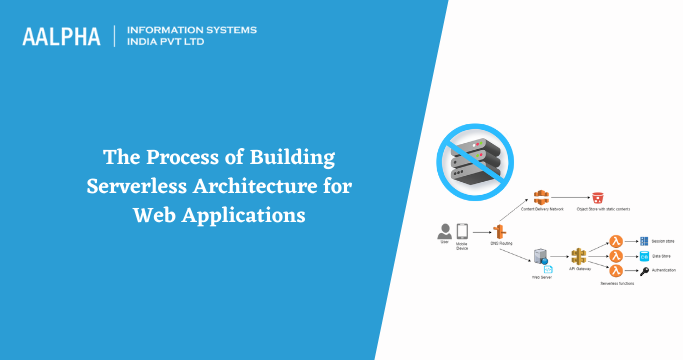
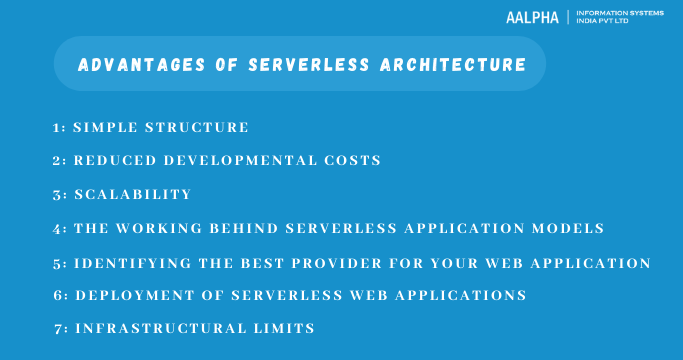
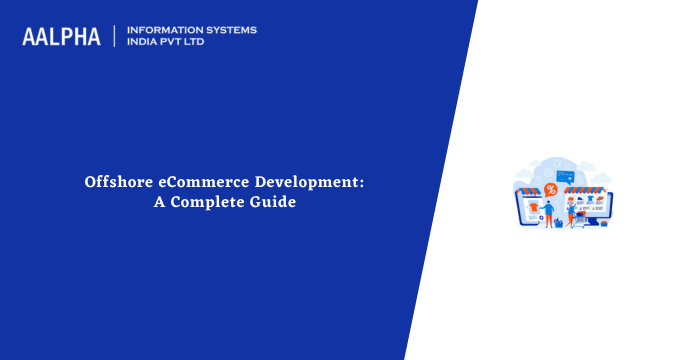
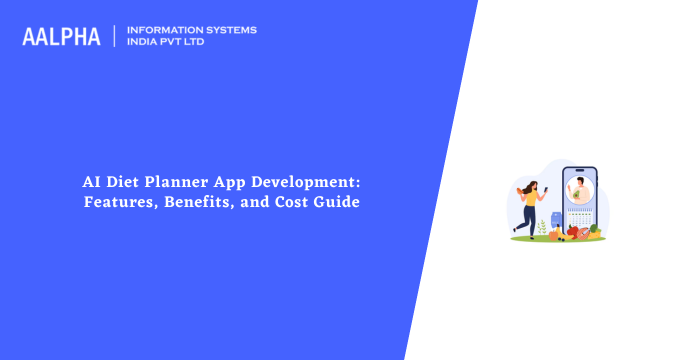
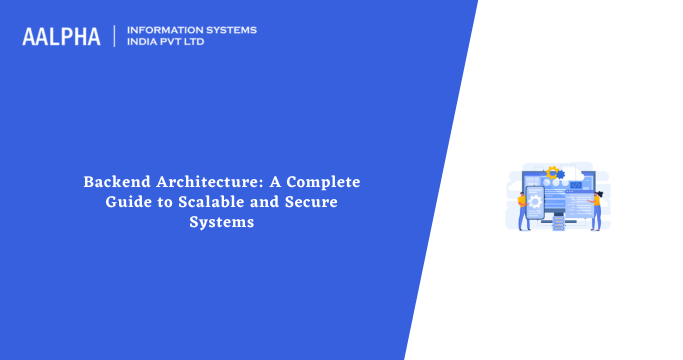
Share This Article:
Written by:
Muzammil K
Muzammil K is the Marketing Manager at Aalpha Information Systems, where he leads marketing efforts to drive business growth. With a passion for marketing strategy and a commitment to results, he's dedicated to helping the company succeed in the ever-changing digital landscape.
Muzammil K is the Marketing Manager at Aalpha Information Systems, where he leads marketing efforts to drive business growth. With a passion for marketing strategy and a commitment to results, he's dedicated to helping the company succeed in the ever-changing digital landscape.